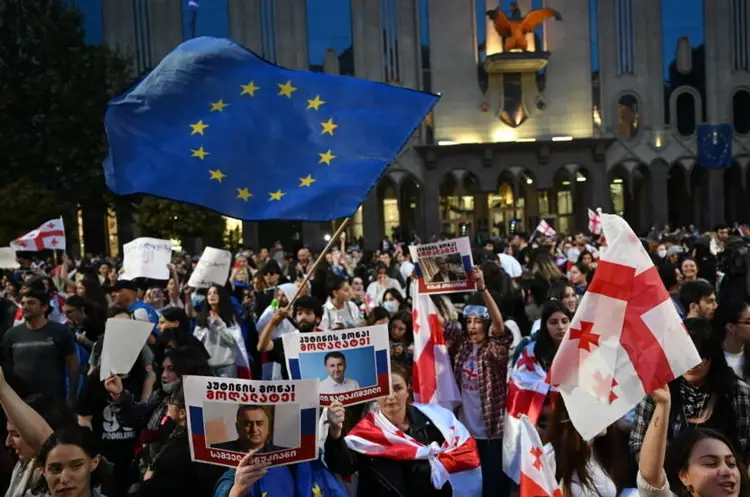EU household spending on cultural well-being: How it varies in different countries

Denmark leads the ranking
In 2020, households in the European Union allocated on average around 2.6% of their total expenditure to cultural goods and services. The share of expenditure on culture in total household consumption varied significantly between EU countries, influenced by factors such as household income, price levels, access to cultural venues, national cultural policies and local customs.
In 2020, eight countries had percentages of spending on culture above the EU average, out of the 22 countries with available data. The highest percentages of household budgets allocated to culture were recorded in Denmark (3.9%), Germany (3.7%) and Austria (3.5%), reports Eurostat.
In contrast, in 13 EU countries, the share of spending on cultural goods and services was below the EU average, with the lowest share in Greece (1.3%). Bulgaria, Lithuania and Spain were close behind, each with a share of 1.5%.
Expressed in Purchasing Power Standards (PPS), Austria (1,221 PPS), Germany (1,194), Denmark (1,173) and the Netherlands (1,026) had the highest levels of expenditure on cultural goods and services in 2020. At the other end of the scale, average household expenditure on cultural goods and services was below 300 PPS in Bulgaria (193), Lithuania (264), Slovakia (282) and Greece (296).
On average, about one quarter of EU households' expenditure on culture in 2020 was devoted to computer and audio-video equipment (26.9%), another quarter to books and press (25.1%), one fifth (20.8%) to charges for television services and rental of equipment and accessories for culture, and 13.7% to participation and entertainment, with the remaining 13.5% allocated to items of artistic expression and creation.













